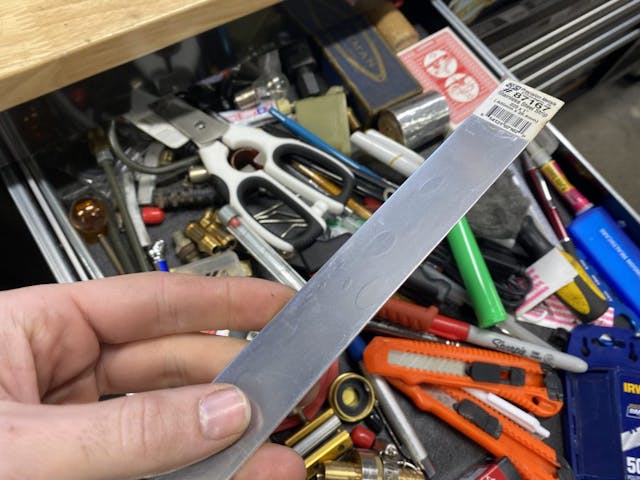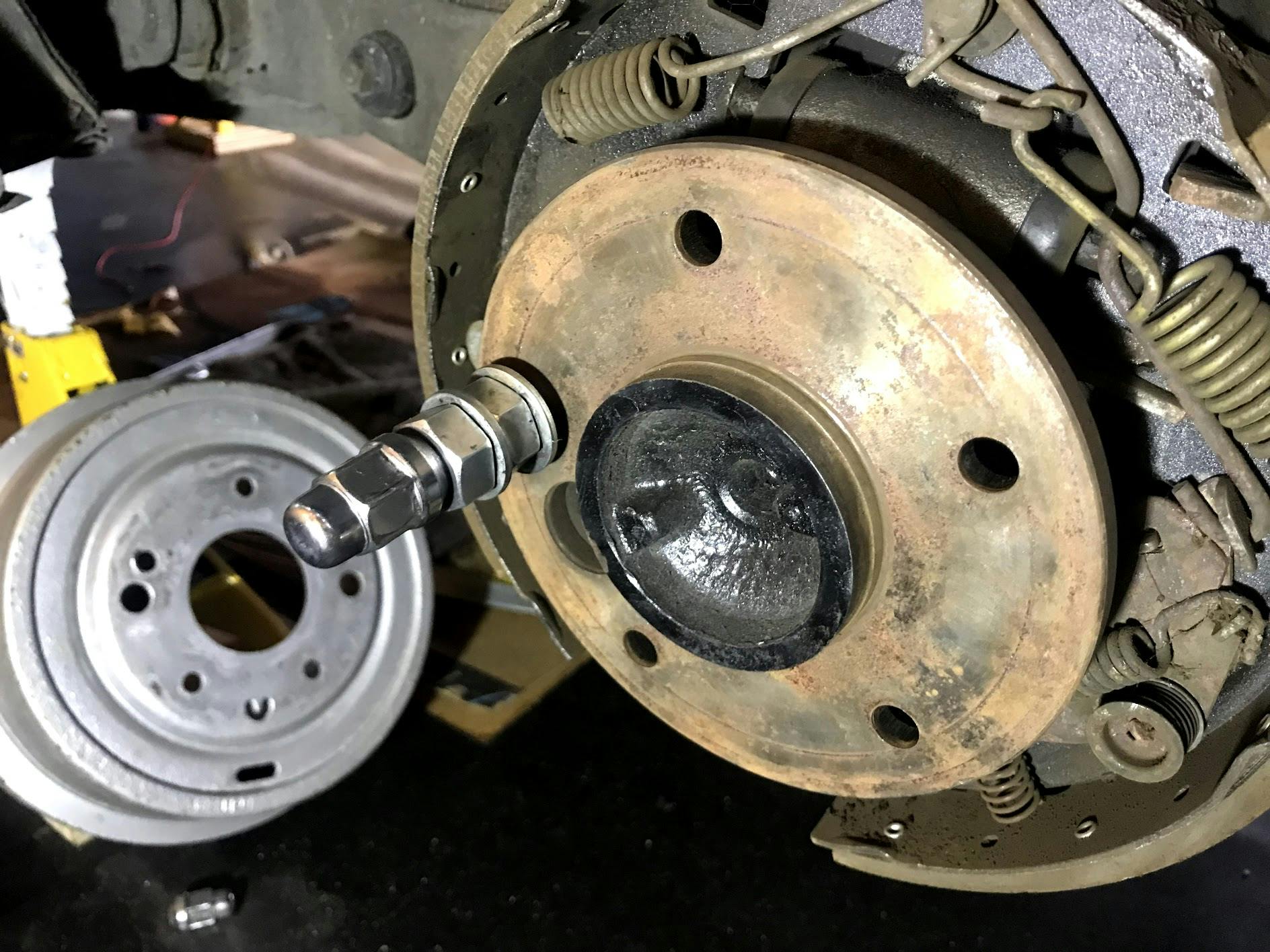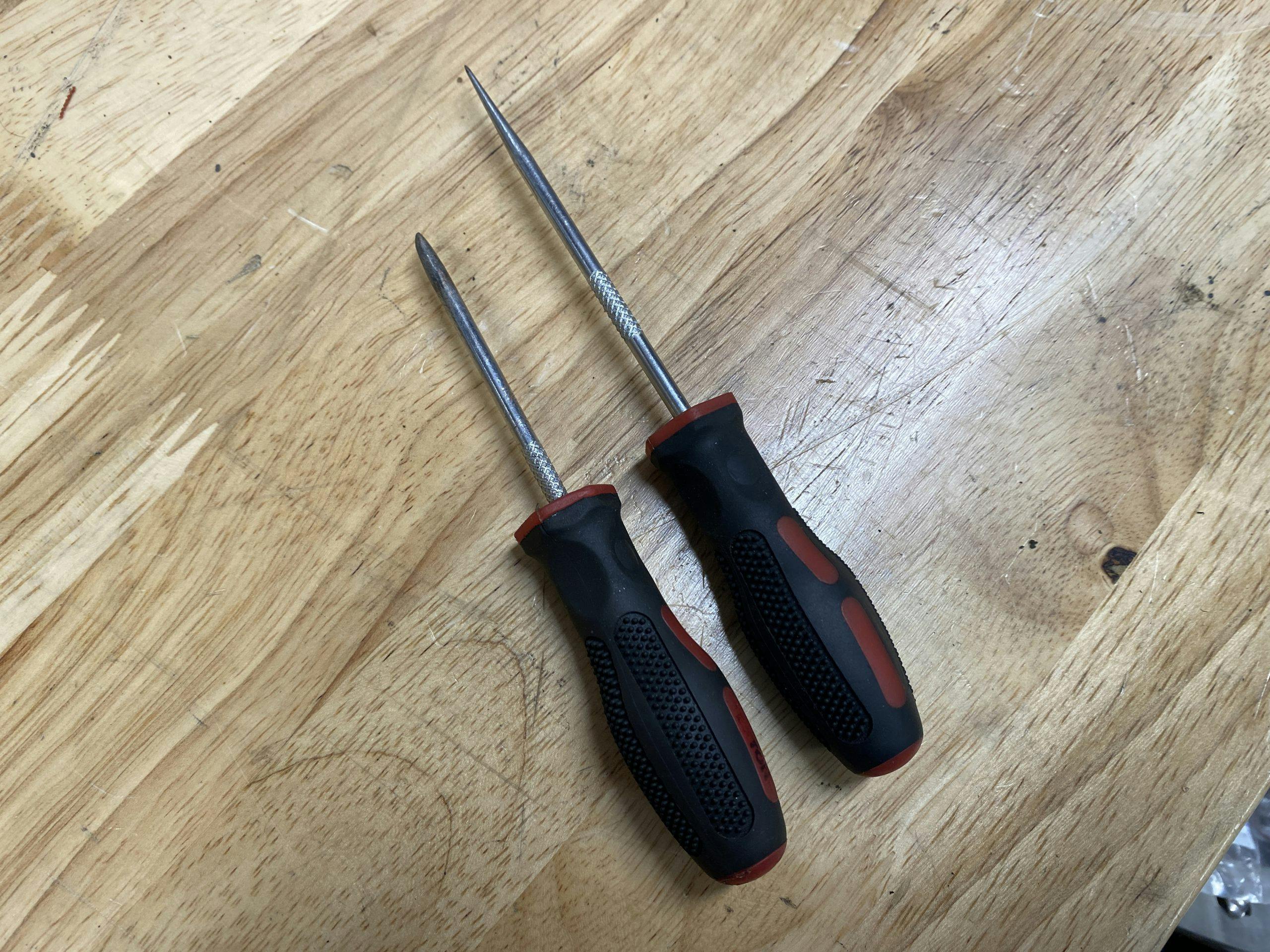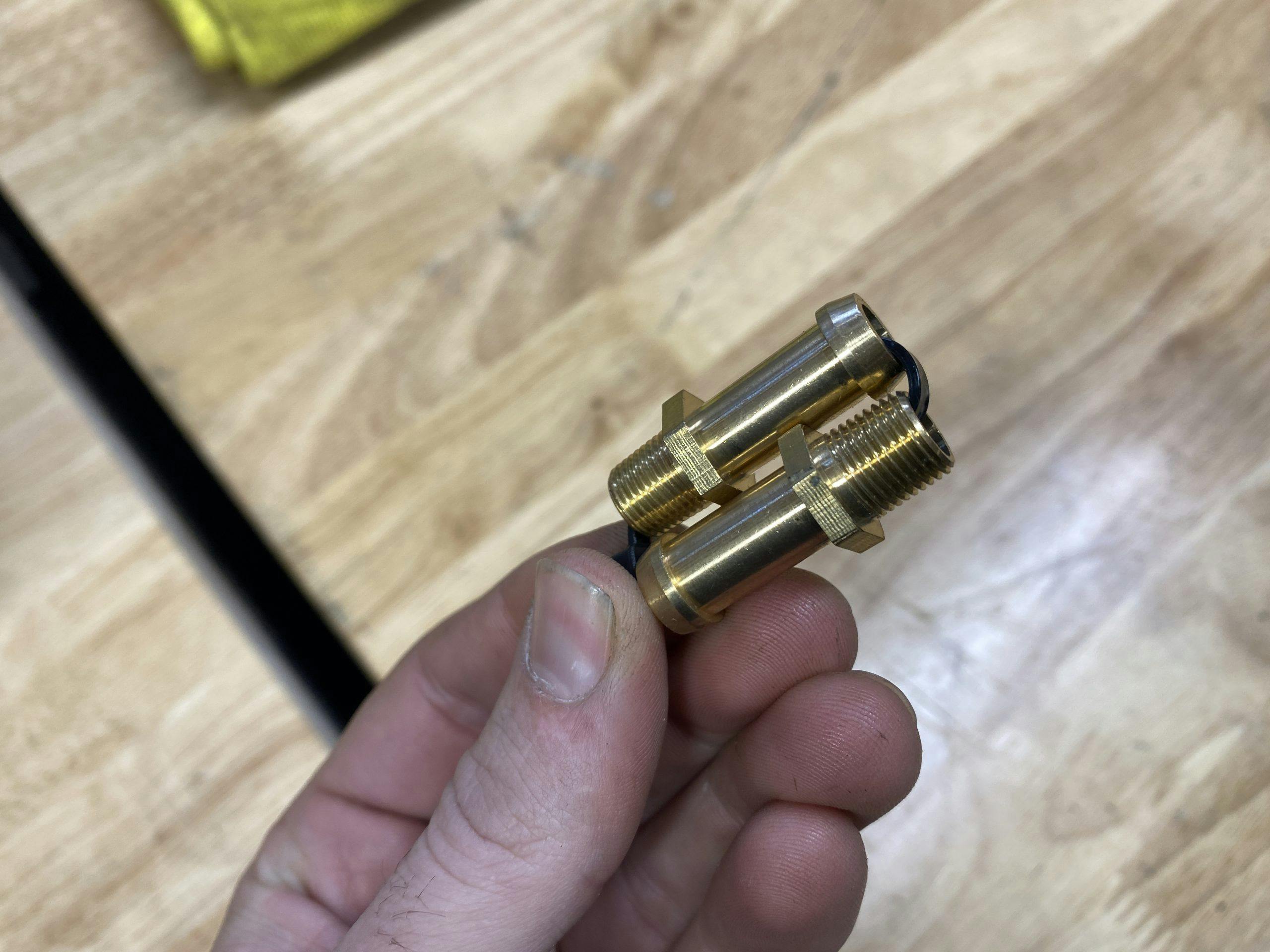The case for the garage junk drawer
Type “kitchen junk drawer” into your favorite internet search platform and you will get literally tens of millions of results. The kitchen junk drawer is a known thing, accepted by just about everyone. The garage junk drawer is not, however, but I am here to tell you that it should be, as it has saved the day in my shop more times than I care to admit.
The thing is, you have to break your mind from the black hole of twist-ties, rubber bands, and hardware to that Ikea thing you assembled three years ago that is the kitchen junk drawer and shift to a storage spot in your workspace filled with, well, junk. Except this is all about perception. In the garage, it pays to be resourceful—both in time and finances. Adapting some cast-off item that was left over from the last work session to the project you are working on is worthwhile—and you probably have the space to hold onto at least some small pieces that will be welcome in the future.

The garage junk drawer should be filled with items that appear useless at first glance. Pieces like mismatched fasteners, small chunks of material stock, old hotel keys, and broken tools. These cast-off pieces are useless right up until they aren’t, and that time is usually when you have your car half apart and the parts house is closed. You could call it a night and wait until the next day to spend more money on what is likely already a money pit. Where is the fun in that?
Instead you can rifle through this land of misfit toys and find something to play with. You damaged a gasket on installation? A good junk drawer has some gasket paper scraps that can fabricate a new one. Lost a bolt? You might be one of those DIY folks that has a whole nut and bolt kit on the shelf, but most of us aren’t. I scrapped off a car a few years ago and am still using bolts from that poor, rusty Corvair to fill in on my current coupe after I drop something and the nut or bolt disappears into another dimension, where it hangs out with all the socks that disappeared from the dryer.

I’ll admit there’s a fine line between things not worth saving and things that should continue to take up space in your garage. The hardest part of deciding is that it is unique to you, your projects, and your space. My junk drawer is literally a drawer, and the smallest one in my tool chest at that. I set aside one day a year in the depths of winter to go through and clean it out too. Items that I haven’t touched in a while get recycled, along with the bits that make me question why I put them in there.
A few of my favorite junk drawer things are old guitar strings, specifically the bronze-wounds middle strings from my acoustic guitars. When they come off the guitar they are no longer good guitar strings, but the phosphor bronze strings are both small enough in gauge and soft enough that they can be used to clean out clogged brass jets without deforming them, unlike harder metals like steel or aluminum. Guitar strings also are perfect for hanging parts to be painted, as they bend to hooks or twist together nicely.
It’s not holding onto a small part or piece with the intention of using it for it’s designed purpose. This is about having a stock of things that you can flex your brain and tools to create the item you need to complete a task, temporary or not. A plastic coaster becomes a spacer to hold a motorcycle fuel tank without cracking. Offcuts of aluminum flat stock become templates for drilling accurate holes in a custom piece where you only get one shot. The list goes on.
Some might call this whole thing upcycling, but I think it’s just being smart with what you have. Don’t throw out things that might be useful—at least not right away. Let them hang out in your garage junk drawer for a bit. They might end up in the garbage soon enough, but they might also save your next project. What’s the harm in holding onto something for a minute and finding out?






